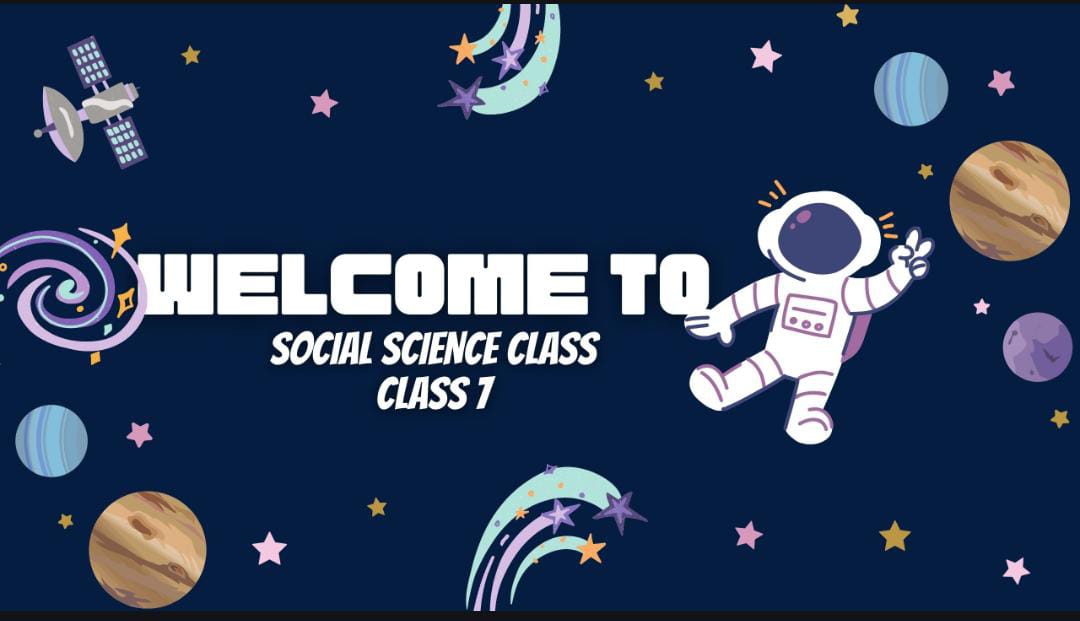NCERT Class VII – Geography

About Course
The NCERT Class 7 Geography textbook is designed to introduce students to fundamental concepts about the Earth’s physical features and human interactions with the environment. Here’s a brief overview of what it covers:
### 1. **Environment and Its Features:**
– **The Environment:** The textbook begins by explaining the concept of the environment, including natural and human-made elements. It emphasizes the interconnectedness of the atmosphere, hydrosphere, lithosphere, and biosphere.
– **Natural Resources:** It covers different types of natural resources, their importance, and the need for their conservation. Topics include forests, water, soil, and minerals.
### 2. **The Earth’s Structure:**
– **The Earth’s Layers:** Students learn about the Earth’s structure, including the crust, mantle, and core, and how these layers interact.
– **Landforms:** The book explores various landforms such as mountains, plateaus, plains, and deserts, explaining their formation and characteristics.
### 3. **Climate and Weather:**
– **Climate Zones:** It introduces different climate zones of the world, including tropical, temperate, and polar regions. The impact of climate on vegetation and human activities is also discussed.
– **Weather Patterns:** Basic concepts related to weather, including the water cycle, rainfall, and temperature variations, are covered.
### 4. **Human Impact on the Environment:**
– **Population and Settlement:** The textbook examines human settlements, urbanization, and population distribution.
– **Environmental Issues:** It addresses various environmental issues like deforestation, pollution, and sustainable development, encouraging students to think about how they can contribute to environmental conservation.
### 5. **Maps and Directions:**
– **Types of Maps:** It includes sections on understanding and using different types of maps, such as political maps, physical maps, and thematic maps.
– **Locating Places:** Students learn how to locate places using coordinates, legends, and scales.
### 6. **Geographical Terms and Tools:**
– **Glossary:** The textbook provides a glossary of important geographical terms to help students understand and use new vocabulary.
– **Tools and Techniques:** Basic tools and techniques used in geography, such as compasses and GIS (Geographic Information Systems), are introduced.
The content is presented in an engaging manner with illustrations, maps, and activities designed to make complex geographical concepts accessible and interesting for young learners.
Course Content
Chapter 1 – Environment
Chapter 2 – Inside Our Earth
Chapter 3 – Our Changing Earth
Chapter 4 – Air
Chapter 5 – Water
Chapter 6 – Natural Vegetation and Wildlife
Chapter 7 – Human Environment-Settlement, Transport and Communication
Chapter 8 – Human Environment Interactions – The Tropical and the Subtropical Region
Chapter 9 – Life in the Temperate Grasslands
Chapter 10 – Life in the Deserts
Student Ratings & Reviews
